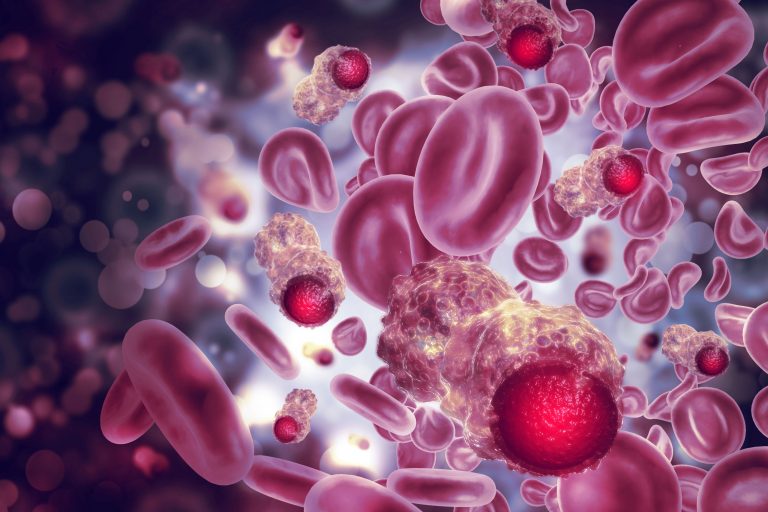
A new study reveals key differences in the cellular and molecular composition of acral melanoma compared with melanoma, according to Moffitt Cancer Center & Research Institute researchers, which may lead to new potential therapeutic targets for the rare skin cancer.
Their findings are published in the journal Clinical Cancer Research and led by Keiran Smalley, PhD, professor and director of the Melanoma and Skin Cancers Center of Excellence at Moffitt Cancer Center, and Y. Ann Chen, PhD, senior member at Moffitt Cancer Center.
“Acral melanoma is a rare subtype of melanoma that arises on the non-hair-bearing skin of the palms, soles, and nail beds,” the researchers wrote. “In this study, we used single cell RNA-seq (scRNA-seq) to map the transcriptional landscape of acral melanoma and identify novel immunotherapeutic targets.”
Melanocytes are the cells responsible for making melanin, the pigment that determines the color of the skin. Acral melanoma is a rare subtype that represents roughly 3% of all melanoma cases. The disease is often diagnosed at a late, more advanced stage and therefore has poorer outcomes. Additionally, some of the common genetic alterations observed in melanoma are not seen in acral melanoma.
The researchers sought to identify the characteristics that distinguish acral melanoma from melanoma to better understand the disease and design more effective therapies.
“We performed scRNA-seq on nine clinical specimens (5 primary, 4 metastases) of acral melanoma. Detailed cell type curation was performed, the immune landscapes were mapped, and key results were validated by analysis of TCGA and single cell datasets,” noted the researchers. “Cell-cell interactions were inferred and compared to those in non-acral cutaneous melanoma.”
The researchers discovered several key characteristics of acral melanoma that may be potential therapeutic targets.
“Acral melanoma has a suppressed immune environment compared to that of cutaneous melanoma from non-acral skin,” write the researchers. “Expression of multiple, therapeutically tractable immune checkpoints were observed, offering new options for clinical translation.”
The researchers hope their findings will lead to more effective treatments for acral melanoma patients in the future.
“We have undertaken the first comprehensive analysis of the immune/tumor transcriptional landscape of acral melanoma. Our study identified unique features of the immune environment of acral melanoma, including immune checkpoints of translational interest that could represent novel therapeutic targets for this neglected disease,” concluded Smalley.













